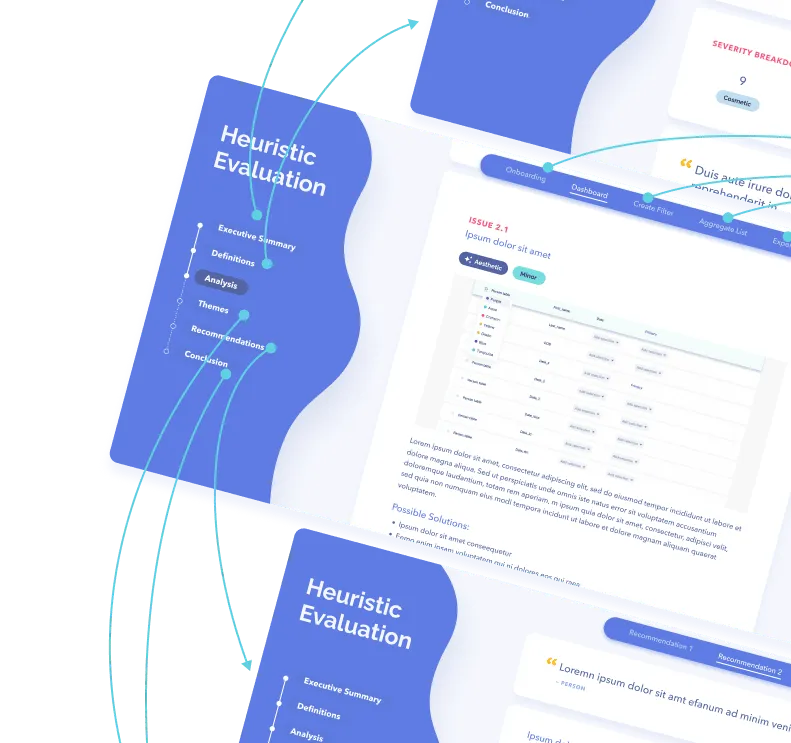
When we sat down with Amara Graham, Head of Developer Experience at Camunda, for a fireside chat, she shared several concrete instances where UX skills can be really useful to someone sitting in the developer chair. Watch the chat below:
It’s important to put out that not everyone can be a unicorn designer / developer, especially in the context of complex software. There are definitely newer titles like ‘design engineer’ but it’s not the logical career progression for everyone. For most devs out there, knowing some fundamentals which let you communicate with stakeholders more constructively and that lets you work with user feedback or usability testing results better, is something that bears fruits right away and gets you feeling more connected with the software you’re building.
General design certifications aren’t always accessible for everyone but as Amara mentions, it shouldn’t put one off from getting some design tools under your belt. For example, wireframing ideas and feedback creates a shared language with designers.
”It’s important to consider that whatever you’re building is going to be consumed by a person. The further removed you are from the end user, the better it is that you’re well-prepared with all the tools and lingo that may come up in conversation (with stakeholders).
— Amara Graham
UX minded devs are better able to anticipate how certain design decisions or implementations will fare outside of Figma and in users’ hands. (see our article about the UX-minded dev)
Learning how to wireframe with tools like Balsamiq or even in the browser directly, can allow you to share feedback in a way that will resonate more with designers and other stakeholders – you can actually visualize and suggest modifications back to them beyond what a list of notes can do.
However, in the spirit of not trying to be a design / dev unicorn, you don’t need to go super high-fidelity all the time. More often than not, designs that are too refined invites unhelpful feedback and can detract from what you’re trying to learn or validate from a usability perspective. Simply being able to work with the problem to solve and find a solution for it without needing a designer for “UX translation” is a huge step towards (a) helping devs feel more connected to the final ux and (b) increasing the overall quality of the end product.
On the other hand, for designers, knowing when and how to bring developers into the design process for an idea is crucial to creating a robust design workflow and shipping software efficiently. It is time well spent to incorporate technical perspectives and constraints into the design process instead of doing an excessive amount of back and forth.
Being involved with dev onboarding is also a great way to engage new developers so that they get properly oriented around the user experience before they start jumping into dev tickets and also just to build good relationships with the people you work closely with to deliver the software.
In general, when designers take the initiative to create common ground around user outcomes, it brings dev perspectives into the design process which reduces unplanned back and forth during implementation further down the line.
In this fireside chat series, we put a designer and developer together to talk about design from a perspective that doesn’t get heard too often around the design table. We don’t get to see design through the eyes of developers but very often they play a huge role in helping manage complexity in a user experience. With this series, we highlight what designers and devs share in common and cover topics like designer and dev collaboration, UX fundamentals, working with user research, usability testing and more!
Spend your time and life force on capturing heuristics problems rather than endless visual fiddling. Meganne Ohata will guide you the whole way, so you can propel your work and become their most trusted advisor.

Do a mini UX audit on your table views & find your trouble spots with this free guide.

Be the first to know about our upcoming release!
.webp)

Receive an email when we publish a new article on design.
